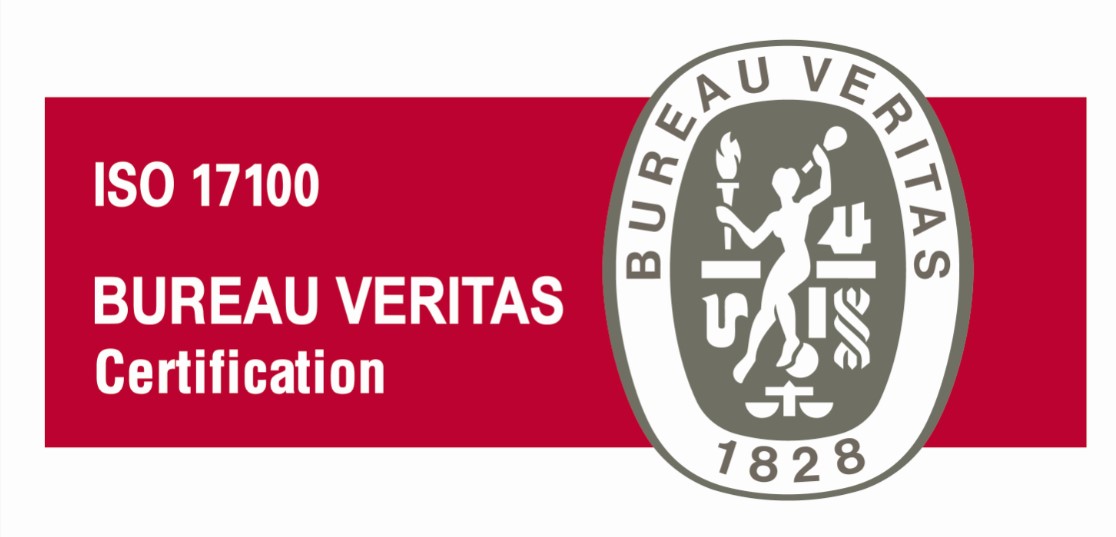6 reasons to revise translators’ work

When that potential client told me “how can I trust a translation that needs to be revised?”, I was caught up in his reasoning: Even I thought he was right! It's been a long time since that day, but I still remember as if it happened yesterday.
I was then a recent graduate with a theoretical framework forged in the translation faculty, still in the process of adjusting university teaching to the reality of the market. I soon realised that there were two fundamental elements that prevented me from putting into practice much of what I had been taught: time and money.
Today, I would like to take the chance and talk to that potential client again and explain why a translation should include a second revision/editing step, provided that the investment is worth the extra cost.
Índice de contenidos
Index of contents
Index du contenu
Inhaltsverzeichnis
Indice dei contenuti
1. Translators are not machines, they are people

I will talk about 6 reasons in this blog, but this reason is the main one and, in fact, it is the origin of the rest of the reasons that I will explain. A professional translator is a human and as such subject to various emotional and circumstantial states that can lead to mistakes.
Even the most competent and emotionally stable people go through stages where their productivity is not the same or they simply make mistakes. Even Cristiano Ronaldo himself misses a penalty from time to time and Rafa Nadal is eliminated in the first round of an ATP tournament.
At AbroadLink Translations we have been working for years with extremely reliable translators and most of the time the revision/editing process is a mere check of the quality of the translation and yet, as in the cases of Cristiano Ronaldo and Rafa Nadal, these revisions have sometimes found errors that would not have been expected.
2. Temporal distance from the translation

In my translation faculty we were taught that a translation should “sleep”. In other words, in an ideal world, a translator doing a translation job should allow a reasonable amount of time to pass before doing the final revision.
If you have ever done a translation, you will have noticed that it is easy to do a literal translation that even sounds good at the time you do it. However, when you read it again after some time, you realise that it was a calque of the original and that it would not be the natural way you would express yourself.
This inevitable and human phenomenon cannot usually be solved by letting the translation “sleep” in the “real world”. Most translation projects have tight deadlines and need to be ready as soon as possible. The practice of professional translation requires that translations take as little time as possible in bringing a product on the market or in responding to a commercial proposal. As we all know: time is money.
The revision/editing step involves a second professional translator, who will easily identify if the first translator was seduced by the source language, if he/she used calques or repeating structures, allowing the second translator to produce a text that sounds more natural and fluent.
3. DTP and context of translated texts

In many translation jobs, the translator does not have the possibility to see the visual context. This affects especially software translations or catalogue databases published online, but also for the publication of manuals and brochures created in Illustrator, InDesign or FrameMaker.
In this case, proofreading/editing involves quality control over the process of text modifications by IT- or DTP-experts. This process may sometimes lead to layout errors that are detected during proofreading/editing.
Proofreading/editing in the final format, allows editors to have visual context in a clearer and more direct way, which may lead to different interpretations of the original text or changes in style.
4. If you want to walk far, walk together

Now that I have just had a child in my late 50s, I understand perfectly this Chinese refrain that I always liked: “If You Want To Walk Fast, Walk Alone. If You Want To Walk Far, Walk Together.”
The first thing that implicates the proofreading/editing process is more time. A translation plus editing job involves coordinating the work of two people and also editing itself takes time. At AbroadLink, we organise work assuming that a translator's productivity is 2500-3000 words/day and an editor’s productivity is 8000 words/day.
However, as the title of this section states, with editing we will walk farer by increasing the quality of the translation we started with, along with other benefits.
5. “Trust is good, but control is better”

On this occasion, I draw on a Russian quote to offer yet another argument why a translation should be reviewed. No matter how much we may trust in a translator's work, revising it means not only having the possibility of improving it, but also putting the translator on notice.
I think most of us, and we should at least be honest with ourselves, are going to be extra cautious when we know that our work is going to be reviewed and evaluated by someone else who is qualified to do so.
Therefore, the editing process of a translator's work by a second professional is a way of letting him/her know that, although we trust in you (which is why we send you this translation job), we want to verify that our trust is based on facts.
6. ISO 17100: quality standard for translation services

The last reason I give for reviewing/editing the initial translation is when the translation is required to comply with the ISO 17100 quality standard for translation services. This may be required by your company's quality procedures.
The quality standard for translation services ISO 17100 is a standard developed by experts in the translation industry and establishes that in order to guarantee the quality of a translation it is necessary, among other elements, to establish a translation process that includes a revision/editing step.
I think anyone can understand that work that has been reviewed will guarantee better quality. I am sure that the potential customer I spoke with at the beginning of this blog, who, by the way, never stopped being a potential customer, will have learned by now the meaning of a revision.
In general, I think that clients with knowledge in language or content writing understand the value of revisions, which does not mean that they always include it, because they are searching for this elusive balance between quality, time and cost.
Other articles you may be interested in:

Josh Gambin holds a 5-year degree in Biology from the University of Valencia (Spain) and a 4-year degree in Translation and Interpreting from the University of Granada (Spain). He has worked as a freelance translator, in-house translator, desktop publisher and project manager. From 2002, he is a founding member of AbroadLink and is the Head of Sales and Strategy of the company.




Add new comment